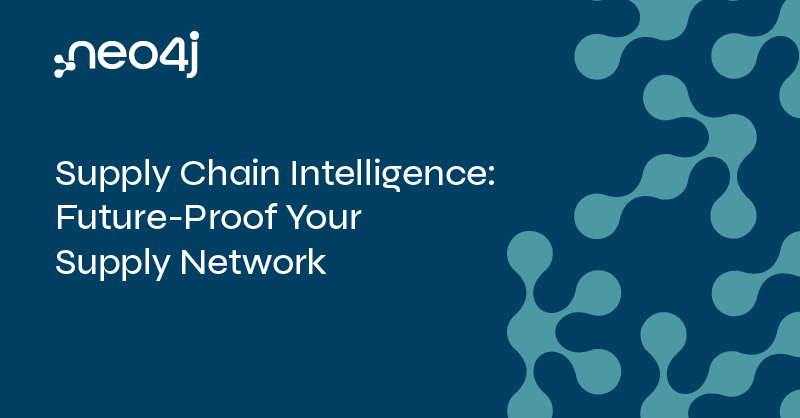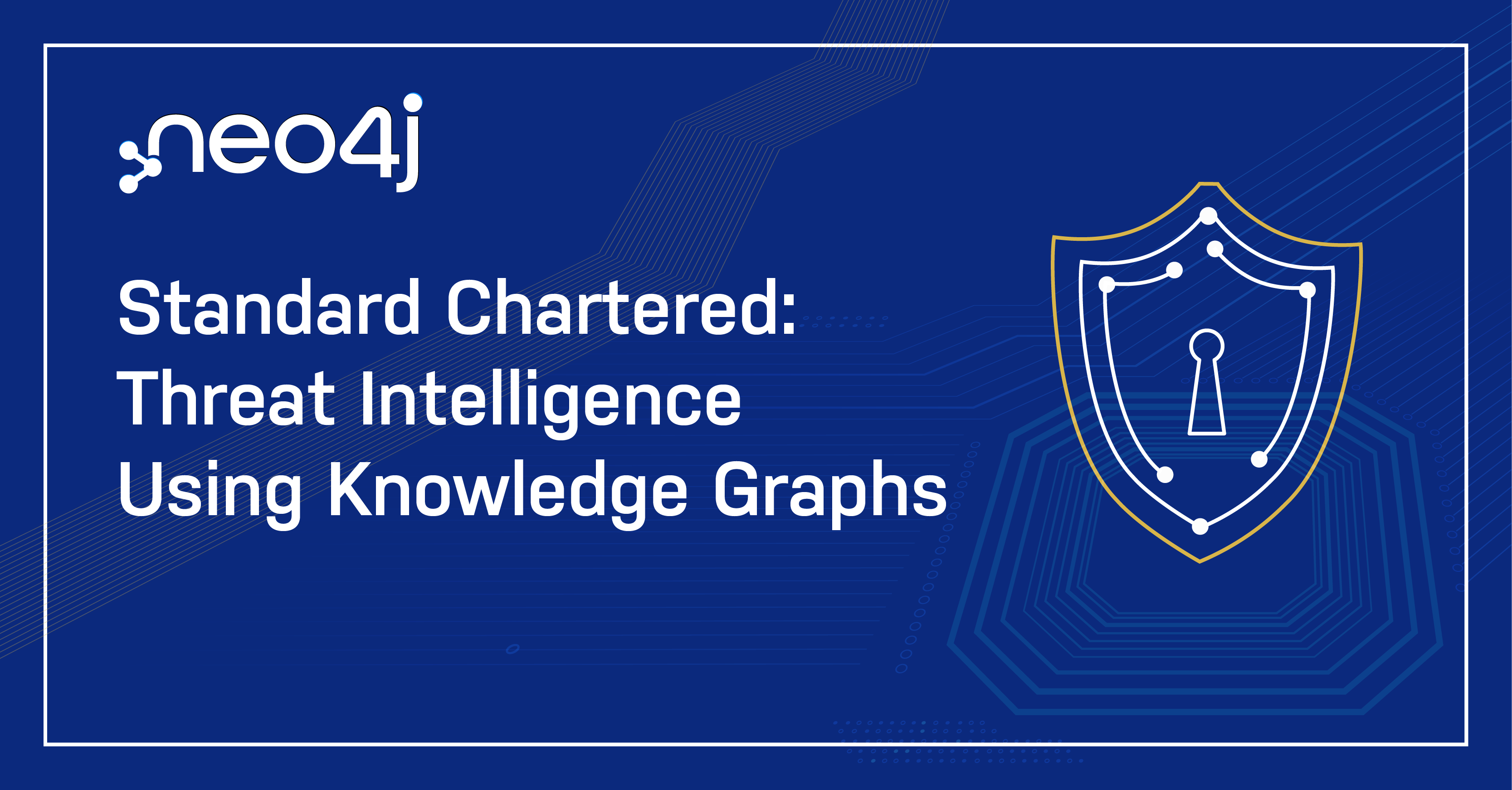 In today’s regulatory environment, financial services firms are beginning to experience the impact of graph databases across a number of functions ranging from fighting financial crimes, preventing and responding to cyber threats and ensuring regulatory compliance.
In today’s regulatory environment, financial services firms are beginning to experience the impact of graph databases across a number of functions ranging from fighting financial crimes, preventing and responding to cyber threats and ensuring regulatory compliance.Meanwhile, as the continuous digitization of processes requires financial services firms to evolve their customer engagement strategies to meet rising customer expectations, graph databases are helping financial services firms gain competitive advantage from digitization to drive new sales, reduce costs and build closer relationships with customers.
This series illustrates how financial services organizations are using Neo4j to effectively solve these challenges. This week, we’ll take a closer look at financial asset graphs for better risk management and regulatory compliance.
Financial Asset Graphs
The 2008 financial crisis showed that financial assets are incredibly complex and become even more so as they’re bundled together and sliced into various sub-assets that are repackaged and resold.
For example, a firm might offer an option, which is an instrument on top of an asset. It might also have a mutual fund that owns stocks and hedge funds, and it might have options positions on the same stock, and so on. This results in incredibly complex interdependent systems where risk both compounds and obfuscates simultaneously, creating a regulatory compliance nightmare.
It can appear as if there’s even exposure across ten assets. However, if you could drill down to the root asset, you might find that you’re 90% exposed to one particular factor, but the exposure is just veiled by the layers above.
As a fix, financial services firms are building financial asset graphs with Neo4j to get a complete, clear and traceable understanding of relationships among different kinds of financial assets. Such an asset graph provides the firm with a complete understanding of risk.
In addition, firms are also using financial asset graphs to perform derivatives pricing in real time where the price calculation formula takes into account the many interdependencies between assets, and therefore accurately reflects the risk/reward ratio.

Case Study: Cerved
Cerved is Italy’s leader in credit risk analysis and one of Europe’s biggest credit rating agencies. It offers the most complete range of products and services — employed by about 34,000 companies and financial institutions — to assess their business partners’ solvency and credit-worthiness, as well as monitor and manage credit risk at all stages.
One of Cerved’s applications identifies the “real owner” of a business who, in the financial analysis, owns and controls the company, either directly or indirectly holding at least 25%+1 of its share capital. Identification of real owners was introduced in Italian legislation in 2007 with Law 231 for the purposes of anti-money laundering, and is of crucial importance for the world economy.
Cerved sought to improve the application’s efficiency to generate a real-time response. Unsatisfied with a system based on a relational database (RDBMS), Cerved’s specialists turned to Neo4j, which is capable of handling graph algorithms that can link accessible datasets. Development took about nine months, including production of the technology, which had been used in the past only in advanced research environments.
“The result is a robust, efficient, high-performance implementation for identifying the actual owners of businesses, jointly constructed with the participation of multiple teams. It’s a solution that now allows us to promote graph database uses in other areas of the company as well. This expansion facilitated comprehension of the technology even by the people in the company most directly linked with the business, encouraging development of other uses currently underway,” says Stefano Gatti, the Innovation & Data Sources Manager at Cerved.
In addition, Neo4j greatly improved the application’s efficiency, reducing calculation time from 12 seconds down to 67 milliseconds in cases that require tracking of up to 15 ownership links.
“This allowed us to extend its use and improve the precision of the algorithm at the same time,” Gatti says. In turn, customer confidence in Cerved’s data has increased.
Conclusion
This has been only a brief overview of how Neo4j helps financial services firms organize, track and manage their interconnected web of financial assets. By using financial asset graphs, forward-looking firms secure a competitive advantage not only in more effectively managing interdependent assets but also in maintaining more granular risk management and regulatory compliance on those assets.
In the coming weeks, we’ll take a closer look at other graph technology use cases within the financial services industry, including information management, fraud prevention, anti-money laundering, IT infrastructure monitoring, identity and access management, cybersecurity, and customer experience management.
Read the White Paper



